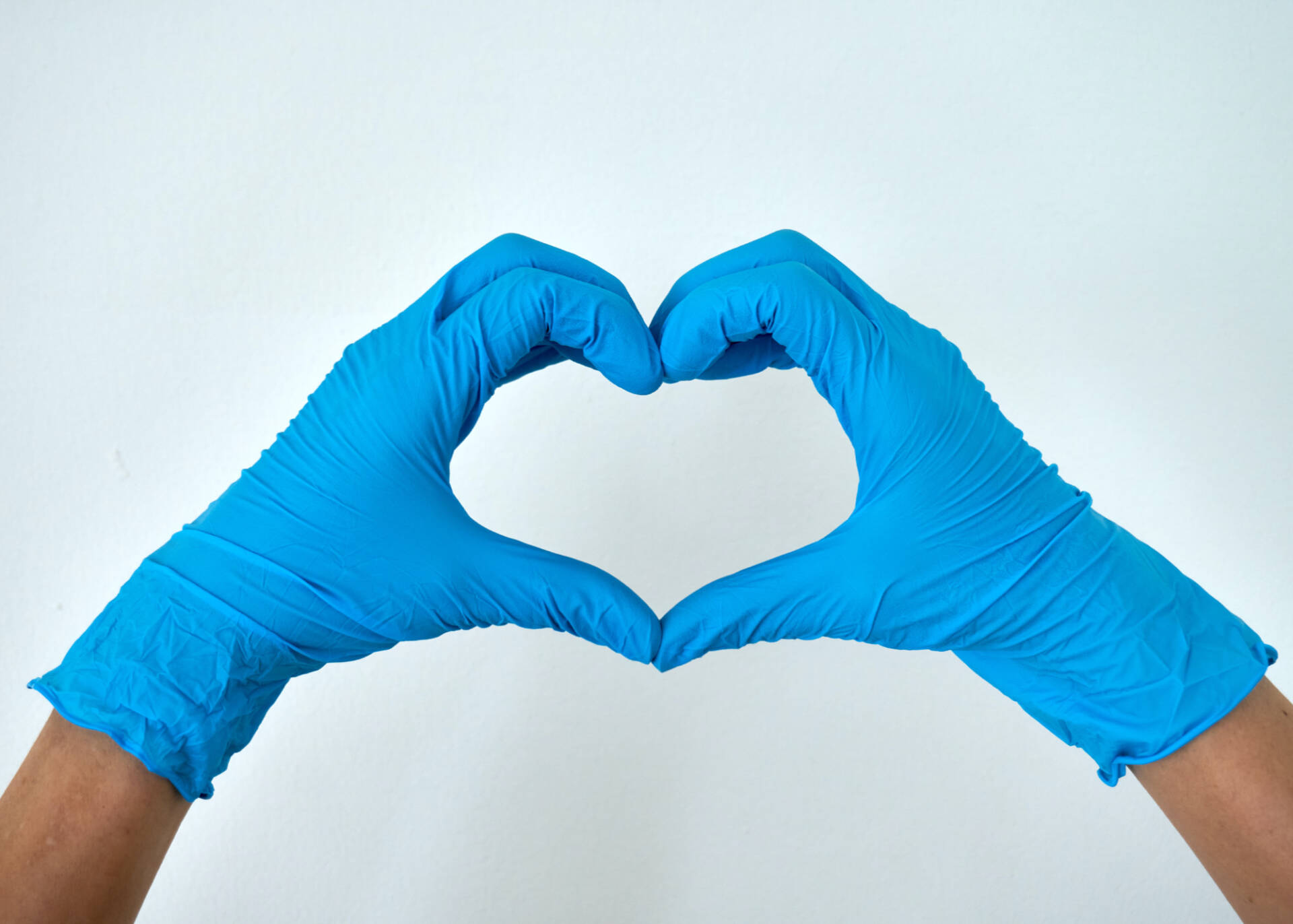Welcome to our health education library. The information shared below is provided to you as an educational and informational source only and is not intended to replace a medical examination or consultation, or medical advice given to you by a physician or medical professional.
What is a kidney stone?
Our urine contains minerals and salts. When the urine has high levels of minerals and salts, stones may form. When a kidney stone is present you may experience symptoms, or you may experience no symptoms at all.
What are the different types of kidney stones?
The four most common types of kidney stones are:
Calcium Stones: They are the most common type of kidney stones. If your stone is calcium oxalate, you may be asked to follow a low Oxalate diet.
Uric Acid Stones: Uric acid crystals do not dissolve well in acidic urine, causing stones to form. Your urine may be acidic due to having gout, being overweight, chronic diarrhea, type 2 diabetes and a diet that is high in animal protein and low in fruit and vegetables.
Struvite/infection Stones: People who have a history of chronic urinary tract infections are at the highest risk for these kidney stones. These kidney stones can become very large and usually require surgical intervention to be treated.
Cystine Stones: Cystine stones are caused by a rare genetic disorder called Cystinuria. Too much Cystine in the urine causes kidney stones to form. These stones usually develop at a young age, usually less than 20 years of age. These stones tend to reoccur.
What are the symptoms of a kidney stone?
Stones in the kidney may not cause symptoms. If a stone migrates from the kidney into the ureter, the stone may become lodged and can block the flow of urine from the kidney to your bladder. This causes the kidney to swell (hydronephrosis) and can cause the pain associated with kidney stones.
Common symptoms of a kidney stone are:
How are kidney stones diagnosed?
There are several tests that may be ordered when you have symptoms of a kidney stone. These include:
How are kidney stones treated?
Treatment of kidney stones depends on the type of stone, its size, its location, and your symptoms. You and your provider will discuss available treatment options for you.
Waiting for the stone to pass by itself.
Surgery
What are the next steps after having a kidney stone?
There are several tests that may be ordered to aid in your treatment and in the prevention of future stones.
Kidney Stone Diet at a Glance | ||
Fluids 3 Liters Per Day | Sodium 1,500mg Per Day | Animal Protein 0.8-1.0gm/kg/day |
Calcium 1,000mg Per Day (Men & Women) 1,200mg Per Day (Post-Menopausal Women) | Oxalate 100mg per Day | Sugar 25g Per Day (Women) 38g Per Day (Men) |
If you have formed one stone, you have a 50% chance of forming additional stones within 10 years. There are changes you can make that may help prevent the formation of the additional stones and/or help your stones to pass spontaneously.
Fluids: When you do not drink enough fluids, the concentration of your urine increases, causing tiny particles of stone to form in the urine.
Diet: Food intake can contribute to the formation of stones as well. Foods to avoid are below:
Citrate: found in real lemon juice, lime juice, and citrus fruits, can decrease your formation of future stones. It is recommended that you divide ½ cup of real lemon or lime juice between your 2.5-3 liters of water you drink each day.
High Oxalate Foods & Drinks to Avoid | |||
Dark beer Black Tea Chocolate Milk Cocoa Hot Chocolate Beans Beets Carrots Celery Swiss Chard Rutabaga Parsley | Soy Products Nuts Nut Butters Sesame Seeds & Tahini Whole Wheat & Buckwheat Eggplant Kale & Collard Greens Soy Sauce Black Pepper Kiwis | Wheat Bran Wheat Germ Rye Pretzels Grits Blackberries Blueberries Leeks Olives Peppers Spinach Marmalade | Purple Grapes Figs Fruit Cocktail Citrus Peel Raspberries Rhubarb Tangerines Summer Squash Potatoes Zucchini Sweet potatoes Instant Coffee |
Moderate Oxalate Foods & Drinks to Consume in Moderation (2-3 Servings per Day) | |||
Draft Beer Carrot Juice Brewed Coffee Cranberry Juice Orange Juice Tomato Juice Yogurt Flaxseed Sunflower Seeds Mustard Greens Tomato | Apples/applesauce Apricots Coconut Cranberries Oranges Peaches Pears Pineapples Plums/prunes Onions Watercress | Strawberries Liver Sardines Bagels Brown Rice Cornmeal/cornstarch Corn Tortillas Fig Cookies Oatmeal Parsnips Ginger | White Bread Artichoke Asparagus Broccoli Brussel Sprouts Corn Lettuce Lima Beans Canned Peas Potato Chips |
Low Oxalate Foods & Drinks (No Need to Limit) | |||
Herbal Teas Apple Juice/cider Bottled Beer Cherry Juice Lemonade Lemon & Lime Juice Wine Kohlrabi Mushrooms Peas Radishes | Milk Avocados Bananas Red or Green Grapes Melons Nectarines Papaya Water Chestnut Dijon Mustard Honey Ketchup | Passion Fruit Beef Fish Lamb Pork Poultry Shellfish Vinegar White Pepper Gelatin Maple Syrup | Rice or Corn Cereals Cheerios English Muffins Graham Crackers Rice Cabbage Cauliflower Chives Cucumbers Lemon Juice Lime Juice |

Serving people of all ages from Shawano to Oshkosh. Please contact our Main Office in Neenah, WI for more information, (920) 886-8979 or (877) 897-7747.
Fax: (920) 886-2225.